Backyard Orchard Planting
brian_zn_5_ks
13 years ago
Related Stories

GARDENING AND LANDSCAPINGCitrus 101: Start Your Own Backyard Orchard
This Earth Day Weekend, Add Some Green, Style and Deliciousness to Your Landscape
Full Story
EDIBLE GARDENSHow to Grow 10 Favorite Fruit Trees at Home
Plant a mini orchard in fall, winter or early spring to enjoy fresh-off-the-tree fruit the following year
Full Story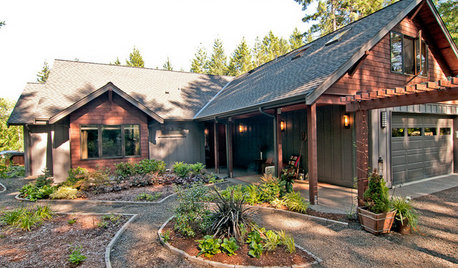
HOUZZ TOURSMy Houzz: A Woodsy Home Welcomes Animals and Plants
An open-hearted couple builds a home in the forest that shows a love of the land and (almost) all of its inhabitants
Full Story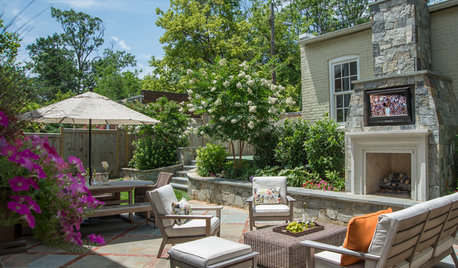
PATIOSTerraces, New Plantings and Basketball Transform a D.C. Backyard
Bluestone and brick surfaces, a fireplace, a green-and-white plant palette and a new sports court suit a family’s outdoor lifestyle
Full Story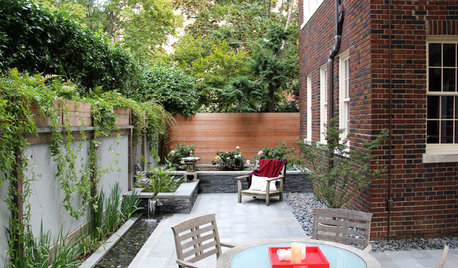
PATIOSPatio Details: Dog Won’t Trample the Plants With This Design
An Asian-inspired backyard redo adds clean lines, a new water feature and a sense of spaciousness — with room for a large beloved dog
Full Story
GARDENING GUIDESHow to Find the Right Native Plants for Your Yard
Find plant maps, sale sites and guides that make going native in the garden easier than ever
Full Story
FARM YOUR YARDHow to Build a Raised Bed for Your Veggies and Plants
Whether you’re farming your parking strip or beautifying your backyard, a planting box you make yourself can come in mighty handy
Full Story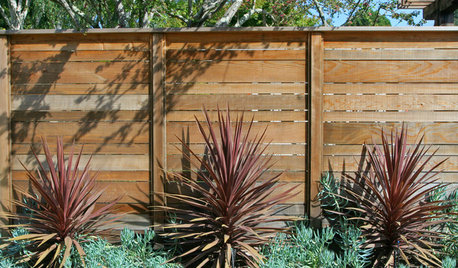
GARDENING GUIDESGreat Design Plant: Cabbage Tree
Happiest in plentiful sun, this tropical-looking tree gives a pool area or backyard landscape an exotic view all summer long
Full Story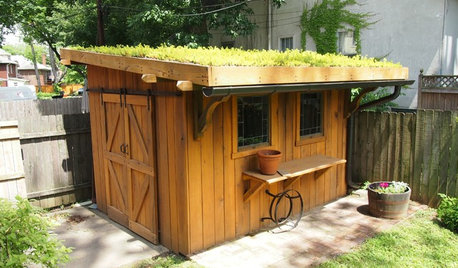
OUTBUILDINGSA Kentucky Garden Shed With a Planted Roof
Sedums help prevent runoff and add a green touch to this charming backyard building
Full Story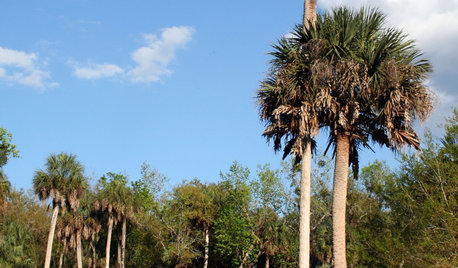
TREESGreat Design Plant: Sabal Palm Enchants in Balmy Sites
Towering and tolerant, this tree blends in, stands out and happily stars in vacation photos
Full Story







misterbaby
kokopelli5a
Related Professionals
Fillmore Landscape Architects & Landscape Designers · Mountain Brook Landscape Architects & Landscape Designers · Quincy Landscape Architects & Landscape Designers · Towson Landscape Architects & Landscape Designers · Wake Forest Landscape Contractors · Woburn Landscape Contractors · Apollo Beach Landscape Contractors · Barrington Landscape Contractors · Downey Landscape Contractors · Fountain Valley Landscape Contractors · Indio Landscape Contractors · Milford Mill Landscape Contractors · St. Louis Landscape Contractors · Sun City Center Landscape Contractors · Wickliffe Landscape ContractorsScott F Smith
iammarcus
Scott F Smith
fruitnut Z7 4500ft SW TX
carsonsig